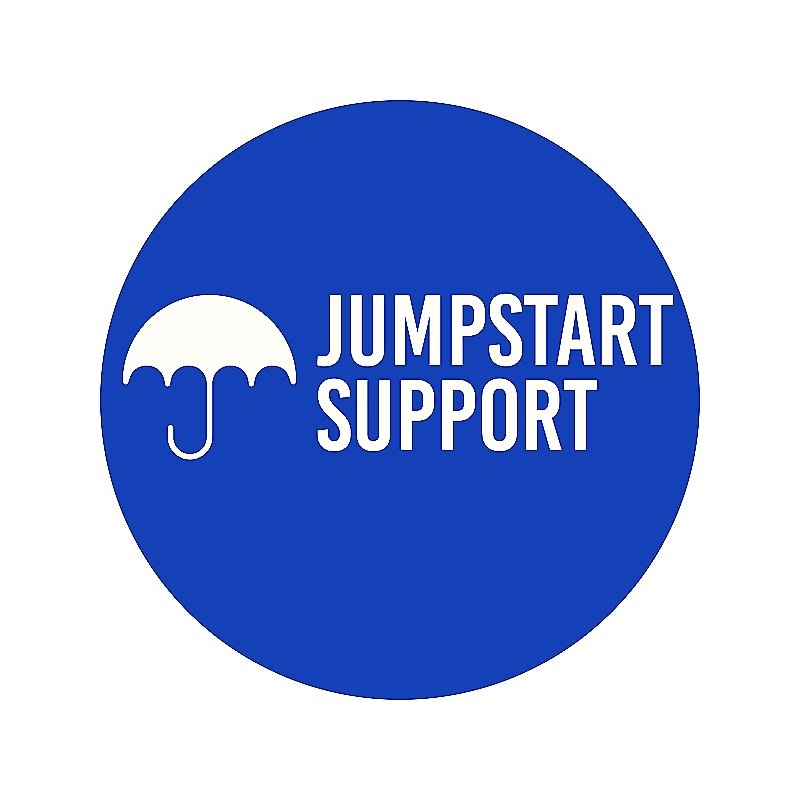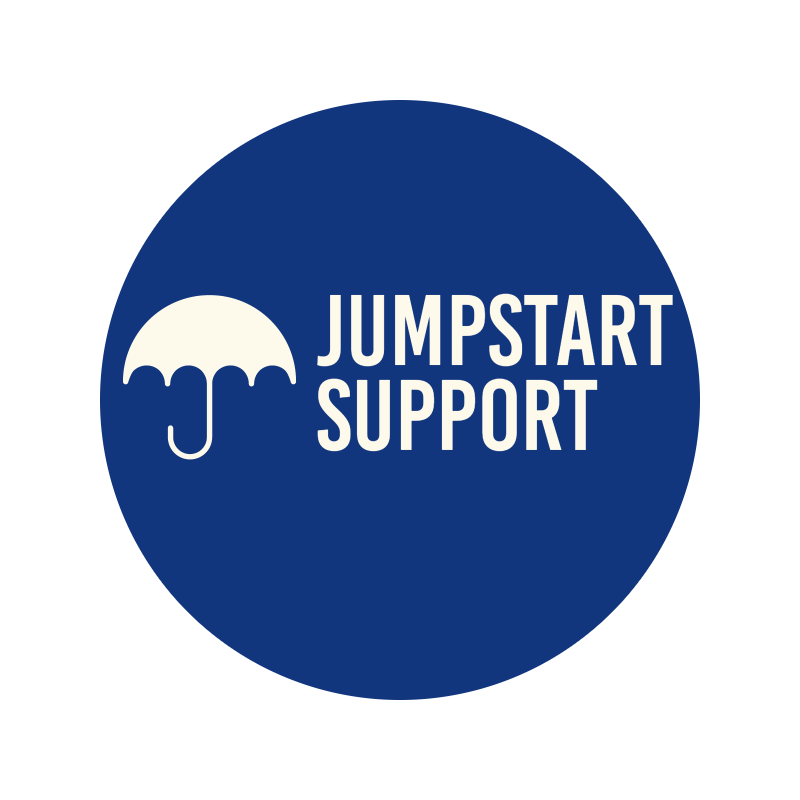Breaking Down Stigma: How Neurodiversity Can Enhance Your Workforce
Creating an inclusive work environment is no longer just a moral imperative; it's a core business strategy. In recent years, organisations have begun to recognize the immense value that neurodiverse individuals bring to their workforce. Yet, misconceptions and stigma still surround the concept, deterring many organisations from fully harnessing this underutilised pool of talent.
This long-form blog post is designed to guide recruiters, HR professionals, and hiring managers through the process of integrating neurodiversity into their workforce. We will explore the business case for neurodiversity, offer practical advice for inclusive recruiting, and share success stories to inspire and inform your own neurodiversity initiatives.
The Business Case for Neurodiversity
The Power of Diverse Thinking Styles
At its core, neurodiversity is about recognizing and respecting the different ways in which our brains function. While neurotypical individuals make up the majority, a substantial number of people fall under the neurodiverse umbrella, encompassing conditions such as autism, ADHD, dyslexia, and more. These diverse thinking styles offer a unique perspective that can be a catalyst for innovation and critical thinking in the workplace.
Companies that have embraced neurodiversity report higher levels of creativity and problem-solving. For instance, a study conducted by the National Institutes of Health (NIH) found that neurodiverse individuals often have an increased capacity for original thought. This contributes to a team's ability to generate novel ideas and approaches, essential in a rapidly evolving marketplace.
Building Resilient and Adaptable Teams
In an era of constant change, the ability to adapt quickly has never been more critical. Neurodiverse individuals often demonstrate higher resilience to change. This characteristic can help teams weather unexpected challenges and pivot strategies effectively, without compromising on innovation or quality.
Furthermore, the inclusive environment necessary to accommodate neurodiverse employees fosters a culture of empathy and understanding among team members. This, in turn, improves employee satisfaction and retention, positively impacting your company's bottom line.
Overcoming Recruitment Challenges
Addressing Misconceptions in Neurodiverse Hiring
For many organisations, the main obstacle to neurodiverse hiring comes from misconceptions. These may include the belief that neurodiverse individuals are not suited for the workplace, or that accommodations for their needs are too complex and costly. However, with the right support and understanding, these employees can thrive and often exceed their neurotypical peers.
To overcome these misconceptions, it's vital to provide ongoing education and awareness training for all staff involved in the hiring process. This will not only dispel myths but also empower your team to recognize and value the unique skills that neurodiverse candidates offer.
Inclusive Recruitment Strategies
Inclusive recruitment means creating an entry point for job seekers of all neurotypes. It involves removing barriers in the application process, such as overly standard assessments that may disadvantage neurodiverse candidates. Instead, focus on skills-based assessments and provide alternative formats for submitting applications and conducting interviews.
Partnerships with organisations that specialise in neurodiverse populations can also be incredibly beneficial. Local autism or disability support groups, for example, can help facilitate connections with talented individuals looking to enter or re-enter the workforce.
Implementing Neurodiversity Programs
Developing Recruitment Initiatives
A successful neurodiversity recruitment program starts with clear objectives. Begin by identifying the roles and teams that could benefit from a neurodiverse perspective. Once roles are identified, tailor your hiring process to be as inclusive as possible. This might involve offering alternative assessments, structured interviews, or skills workshops to prepare candidates for the workplace.
An essential component of the program is to involve current neurodiverse employees in the development process. Their insights are invaluable and can help ensure that your recruitment efforts are authentic and effective.
Providing Workplace Support
The support doesn't end once a candidate is hired. Providing ongoing support is crucial to ensure that neurodiverse employees can fully engage and contribute to your organisation. This support may come in the form of mentorship, tailored training programs, and workplace adjustments.
Develop clear processes for requesting and implementing workplace adjustments, and ensure that all employees understand how they contribute to an inclusive environment. Regular feedback from neurodiverse employees will also help to refine and improve the support mechanisms in place.
Success Stories
Companies That Have Pioneered Neurodiversity Initiatives
From tech giants to small startups, many companies have seen the benefits of a neurodiverse workforce. Microsoft, for example, launched the Autism Hiring Program, which has significantly increased the number of neurodiverse employees within the company. Their success has not only led to a more innovative workplace but has set a compelling example for other organisations.
IBM also established a neurodiversity program that has been widely praised for its effectiveness and positive impact. By sharing these success stories, we aim to show that neurodiversity is not just a buzzword but a demonstrably successful business strategy.
The Future of Work and Neurodiversity
Neurodiversity as a Cornerstone of Inclusive Work Practices
As we look to the future, neurodiversity will continue to play a critical role in shaping the workplace. With the growing awareness of the benefits of diverse thinking styles, companies that proactively integrate neurodiversity into their hiring practices will gain a competitive edge. In the coming years, we can expect to see neurodiversity become a benchmark for inclusive work practices.
Continuous Improvement and Advocacy
To stay ahead, organisations must commit to continuous improvement in their approach to neurodiversity. This means evolving your understanding and support for neurodiverse employees as well as advocating for broader systemic change. By sharing knowledge, best practices, and resources, we can collectively work towards a future where all individuals are valued for their unique contributions.
Call to Action
For those ready to take the next step, we encourage you to reach out for further discussion or consultation on implementing neurodiversity in your organisations. Whether you're just beginning to explore this topic or are looking to refine your current efforts, we're here to support you in building a more inclusive and innovative workplace.
Conclusion
Neurodiversity offers a wealth of advantages to organisations that are willing to break free from traditional hiring practices and embrace a more holistic and forward-thinking approach. With a comprehensive understanding of the benefits, strategies to overcome challenges, and real success stories to guide you, now is the time to revolutionise your workforce and join the ranks of companies leading the charge in inclusive employment.
In corroboration with our vision for an equitable workplace, we acknowledge the potential challenges that may come with such a significant shift. Yet, we firmly believe that through collective action and a genuine commitment to change, we can create work environments that allow every individual to shine. Take the initiative today, and unlock the full potential of your organisation with neurodiversity.
This post was aimed at not only informing and inspiring but also guiding you through the practical steps required to make neurodiversity a pillar of your workplace diversity. By leveraging the insights provided, you are poised to spearhead a movement that not only benefits your organisation but also contributes to a more equitable society at large.
Remember, the path to neurodiversity is a collective one. Share this post with your peers, mentors, and colleagues. Engage in constructive dialogue, and keep the conversation going. If each one of us does our part, we can create a world where everyone — regardless of neurotype — is celebrated and appreciated for their unique gifts.

